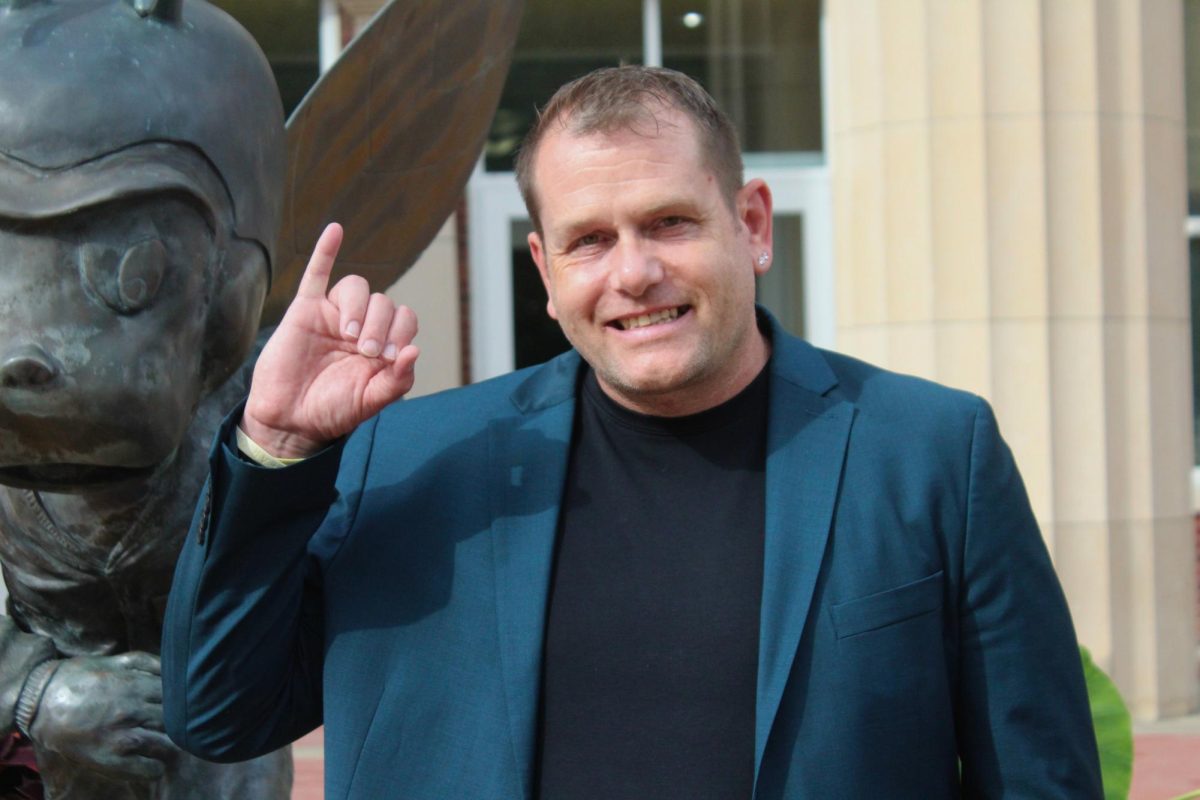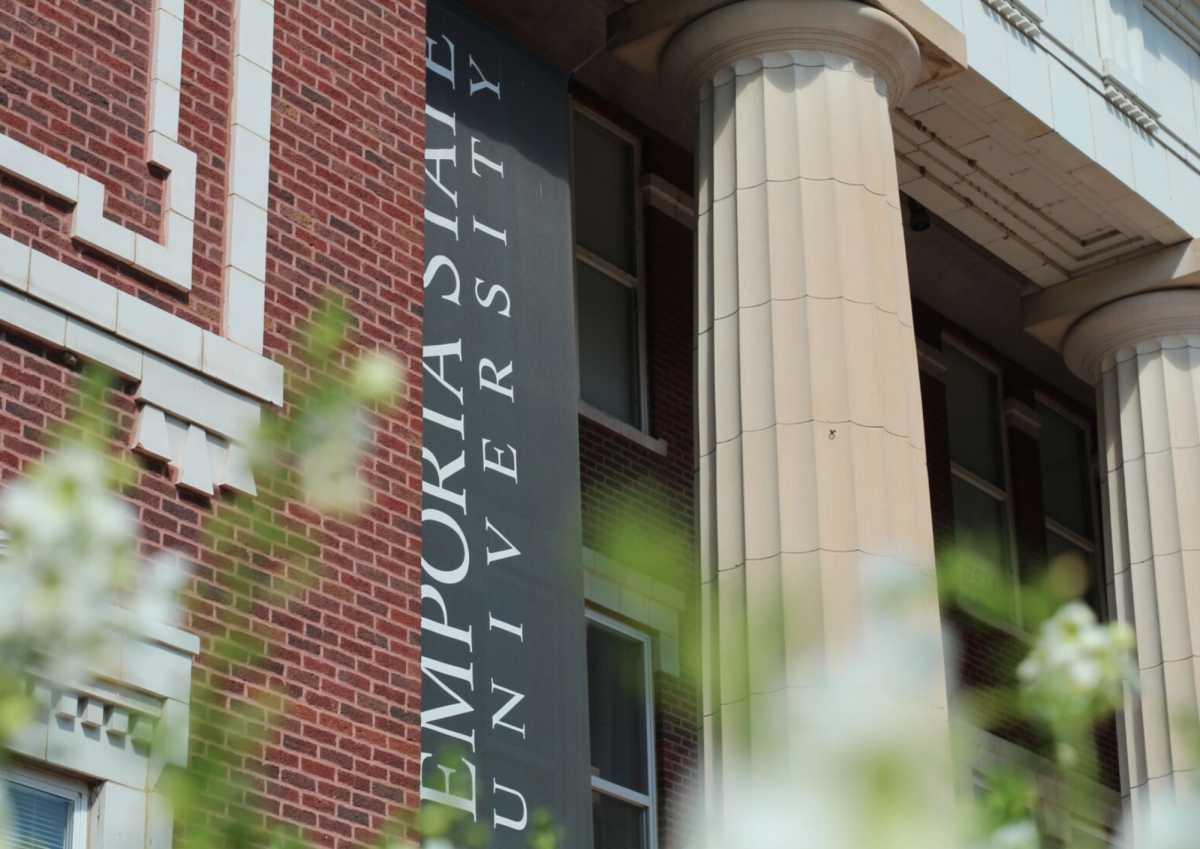Emporia State’s application of a Kansas Board of Regents policy that disallows course crossover for majors and minors comes after the discovery of increased coursesharing, according to Registrar Sheila Markowitz. Before spring break, professional advisers informed students that a single course cannot count toward a requirement for both their major and minor.
According to Markowitz, the KBOR policy is not new; a minor has always been defined by the Board as a “program of study that has less depth than a major and is intended to complement or be in addition to the major.” However, ESU has recently uncovered a prevalence in course sharing that conflicts with the policy.
“In the past, you know, that really hasn’t been, per se, an issue,” Markowitz said.
New minors and programs have been developed at ESU in an effort to provide students with opportunities that mesh their interests. In the process, there has been “a little bit of cross-sectionalization” in the course content required for major and minor programs, especially among those that are more closely related.
“We might have been doing something (like course sharing) for one class, but not to the extent that some of the new minors have been coming up with…I think it’s just surfaced,” she said.
The discovery comes as ESU prepares for its visit from the Higher Learning Commission, one of the seven regional accreditors in the United States that grants accreditation to post-secondary institutions. The extent of ESU’s course sharing could affect the University’s accreditation.
“As we prepare for that, we’re reviewing things and seeing where we’re aligned, and when anytime you find something that doesn’t align like it should, then that’s the time to take action, regardless of when it is,” Markowitz said.
For major and minor courses that do overlap, the target now is to find courses that can be put in place of the minor requirement to fill it. For example, if a student is required to take a business administration course for their major and their minor, another look may be taken to see what class can be substituted to fill that minor requirement to enhance the content rather than taking the same class to fulfill both requirements.
“The other thing that our disciplines are going to have to do is to take another look at their minors and see, ‘should we make changes to our requirements in our minor?’ So some of those disciplines have already had those conversations and they’re looking down the road (to see if they need to make adjustments),” Markowitz said. “And, like I said, there’s more flexibility in a minor as far as the requirements go then there are probably in major and degree requirements, and so they’re looking at that at the same time. What can we do within our own programs to make those changes? So we’re trying to take an approach now that we can apply down the road.”
For students graduating in May, this will not impact their ability to graduate with both their major and minor. Advisors will look at what substitutions can be made with free elective courses students have taken that are not applied to their degrees and make adjustments if those courses contain content that can fulfill minor requirements. Seniors will not have to stay longer or take additional courses if courses cannot be substituted to aid course sharing.
“We’re not going to deny a student from graduating because of this scenario,” Markowitz said. “There are mechanisms in place, there are other things that surround the definition of a minor, that we have some flexibility to make adjustments like we need in order to meet their needs right now.”
Markowitz encouraged students to talk with their advisors about any possible conflicts associated with the requirements of their major and minors. Additionally, she says students should fill out their intent to graduate after completing 90 hours, typically at the end of their junior year. This allows the Degree Analysis Office to run an official degree audit to catch any unmet requirements and other conflicts with a student’s degree that can be fulfilled during the last two 15-hour semesters of a student’s senior year.
“The intent, by doing it when it’s at least 90 hours, is that there’s still room in case there’s some aha moments,” she said. “(Duplicates) would (show up) at that point and that is a point of discovery, and that’s why we work really hard to try to get advisors and students to complete that intent to graduate at that 90 hour point.”






